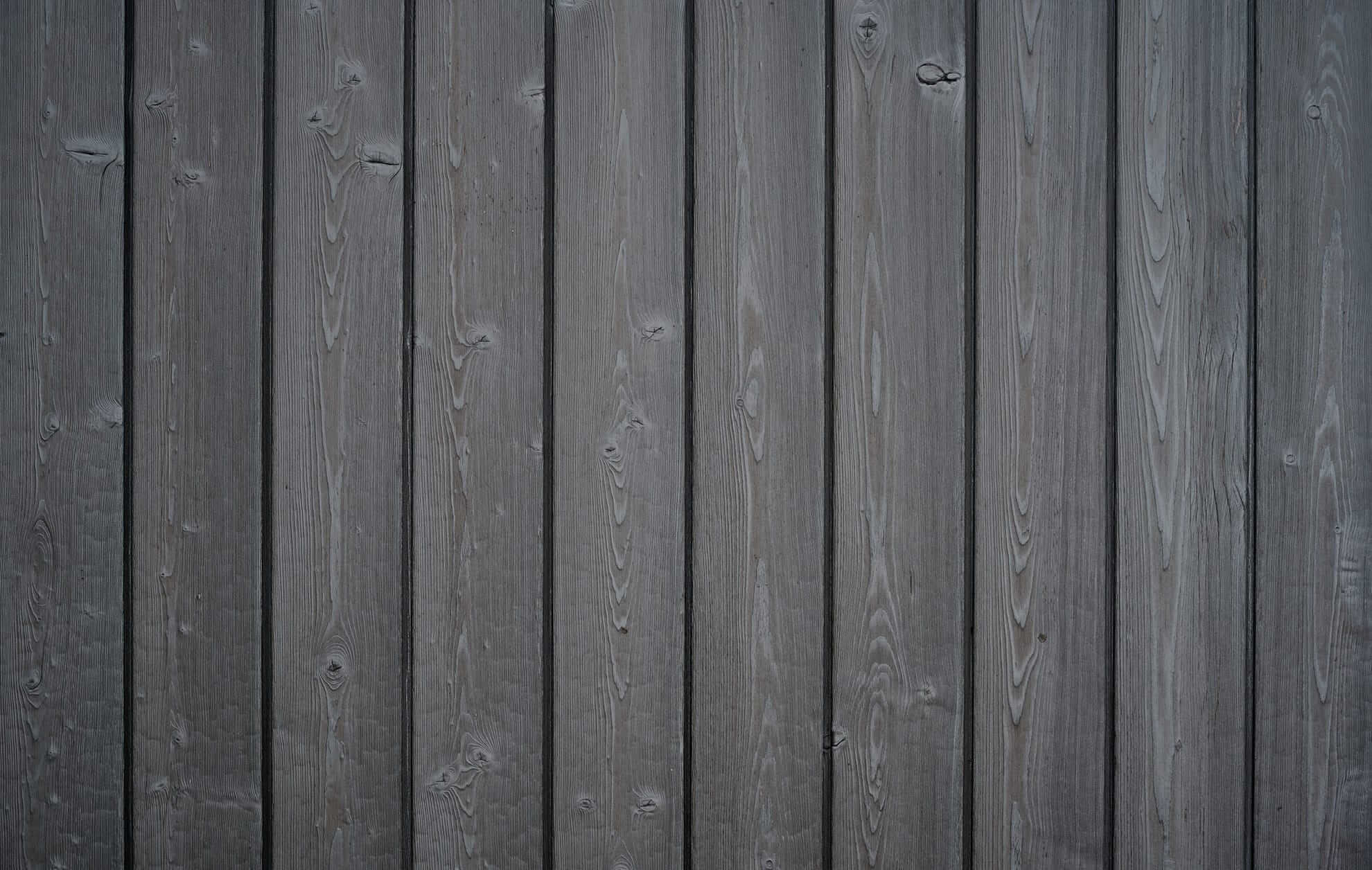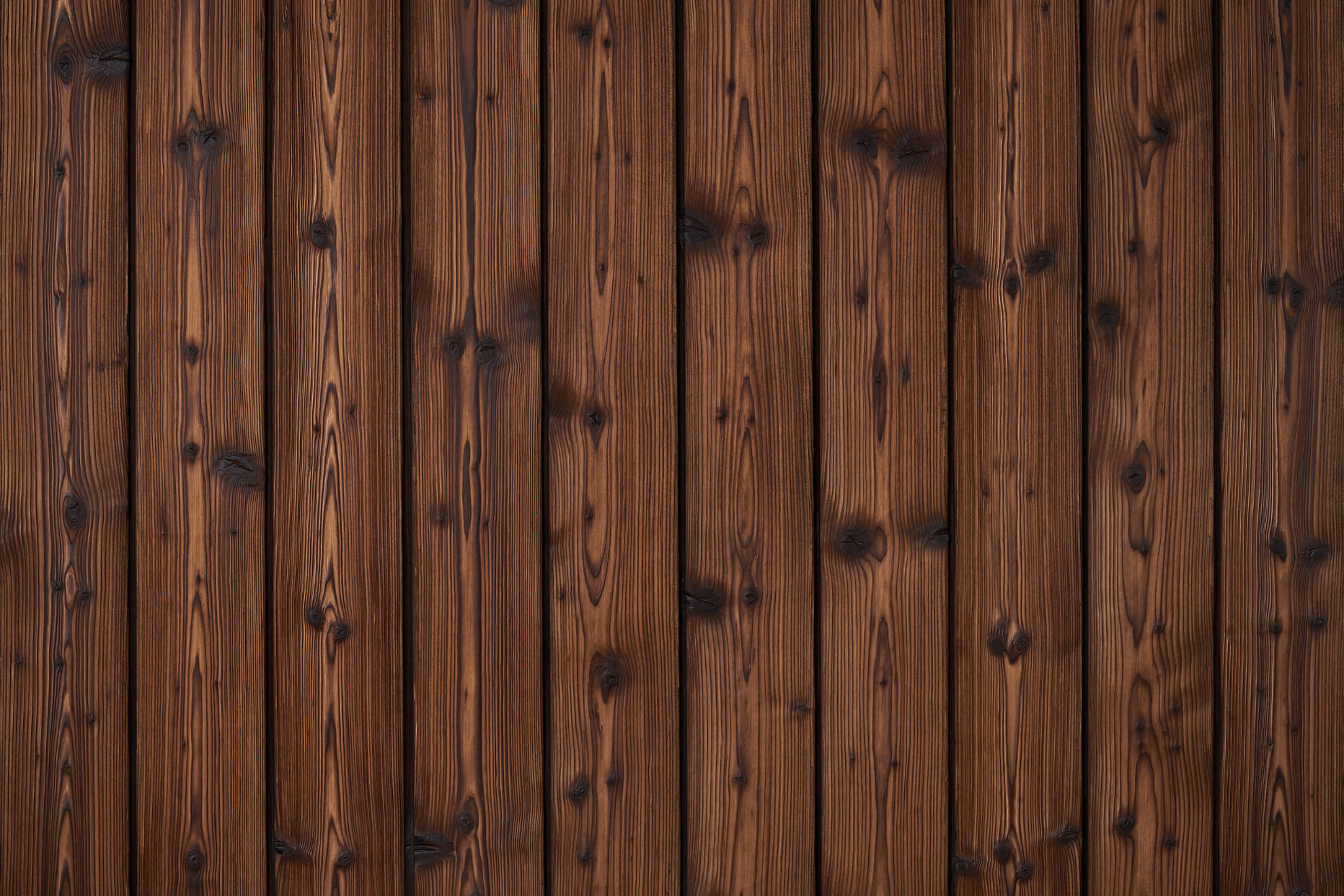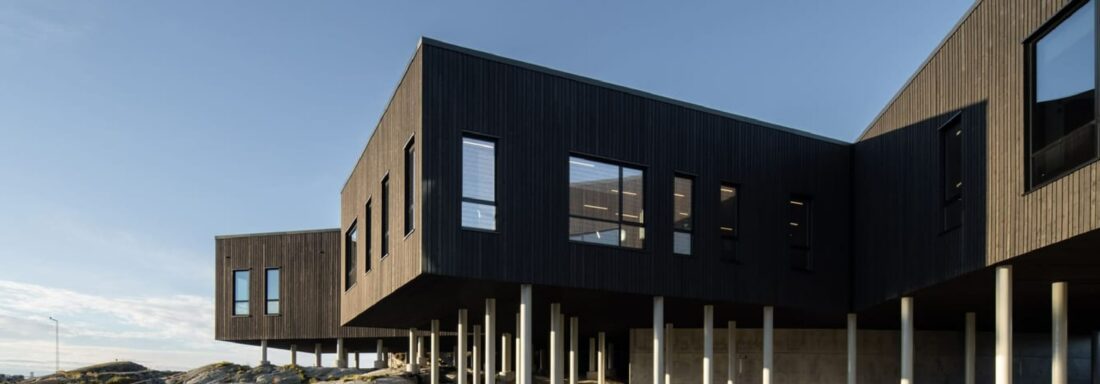Shou Sugi Ban Siding
What is Shou Sugi Ban Siding?
Shou Sugi Ban siding – also known as charred wood cladding – is a traditional Japanese method used to protect wood through controlled burning. At Degmeda, we offer boards treated using this method for use in exterior facades, siding, and architectural surfaces.
Picture a traditional Japanese home and its surroundings in your head. What do you see? Blooming Sakura trees with blossoms blowing in the wind? Pointy roofs reflecting the sunset light? Mount Fuji somewhere in the distance? However, let us add some detail to your picture – wood. Yes, the traditional Japanese home has a wood siding.
And trust us, it never was just an ordinary piece of siding. It was Shou Sugi Ban, a wood processing or wood charring technology which has its roots in the distant past. Thanks to Shou Sugi Ban siding, Japanese homes look more distinct. It gives wood a more expressive colour, more visual appeal.
That isn’t it. Japan is known for a wild and unpredictable climate. So, the cladding has to withstand difficult tests of the environment – wind, heat, moisture. And it does all that, because the charring process makes wood fireproof and waterproof. However it remains breathable which is a fascinating feat of engineering.
The Cultural Origins of Shou Sugi Ban
The culture of the Far East and technology from this region have that certain allure, that undeniable charm which is sort of enchanting. Even though Europe sometimes gets referred to as the ‘Cultural Heartland’ of the world, we all know that Japan has a much longer and much more diverse history. As a beautiful ripe fruit, hanging from the cultural tree of the Orient – Yakisugi is one of those things which prove the beautiful and intricate nature of lifestyle in Japan.
This wood processing technique has been in practice for centuries. Depictions of charred wood cladding and Shou Sugi Ban being shown in movies, pop culture, and illustrations portraying Japan. Luckily, this celebrated and remarkable wood processing technology has made its way across the globe.
It isn’t just for show, either. Yakisugi enhances timber and burnt Shou Sugi Ban wood siding becomes much more resistant to environmental factors, moisture, vermin as well as other threats that might befall on a façade.
Artisans in Japan had centuries upon centuries to refine this technology. We took it a step further and integrated 21st-century equipment and tools to improve production outputs without having to compromise the quality of charred timber sidings/claddings or any other burnt timber details for the exterior.
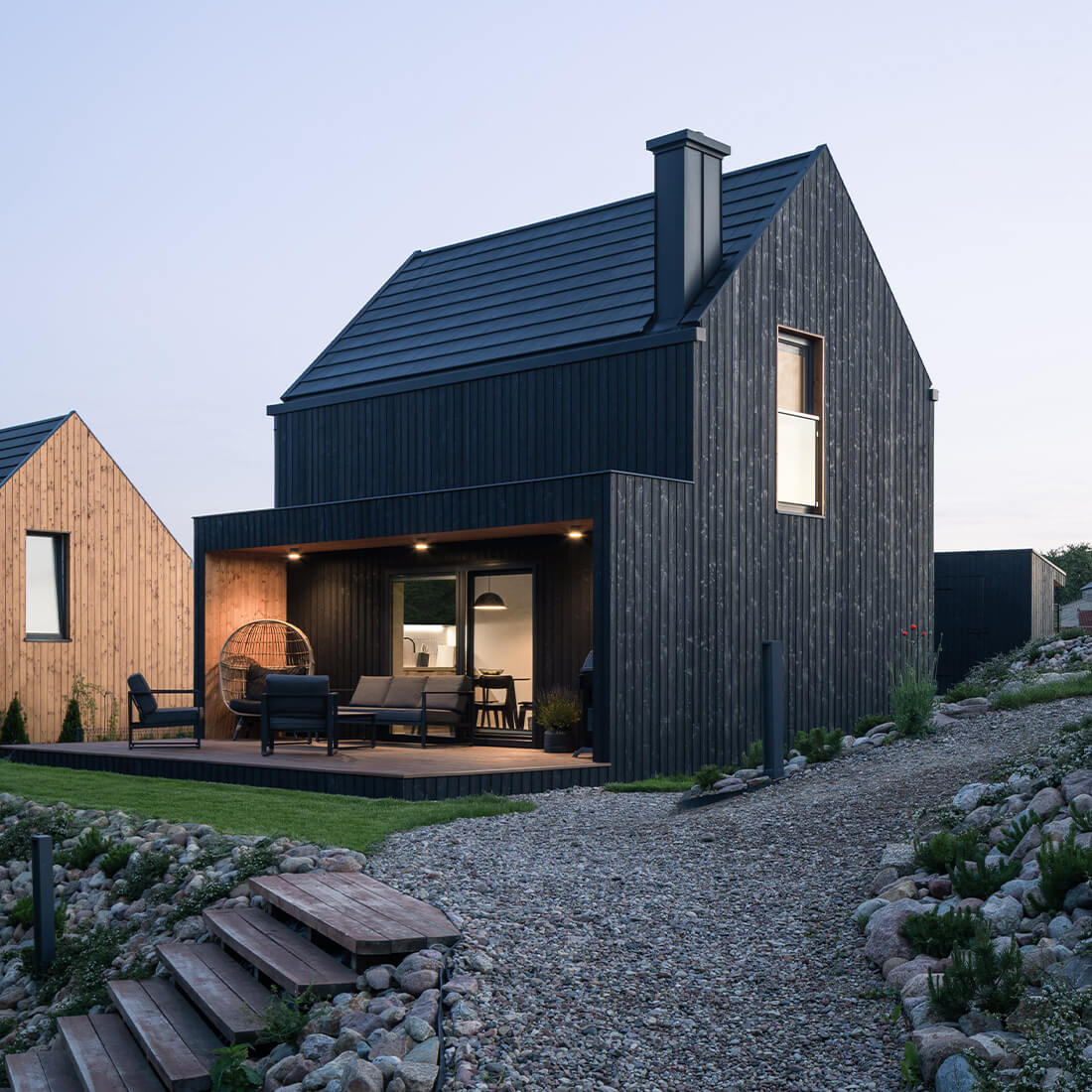
What Makes Shou Sugi Ban Visually Unique
Artisans of the Orient first developed and modified this technique over time so it is essential to call this a Japanese wood technique.
By making the finish of the wood look unique, they have created an exclusive trend of appearance that people tend to associate with the Land of the Rising Sun. With that being said, a lot of Westerners and people from all over the world are intrigued and fascinated by the cultural and engineering achievements of Japan. Thus you can find homes with Yakisugi cladding in Sweden, the UK, the US, Canada and the rest of the developed world.
Shou Sugi Ban Siding allows anyone to bring that history, uniqueness and exclusivity to their doorstep. Regardless of the selective look, it does fit in seemingly everywhere. So, with all of its perks of being a rare and premium-quality product, Shou Sugi Ban cladding boards remain surprisingly practical and functional in most climates and environments.
How the Shou Sugi Ban Charring Process Works
Wood charring technique, also called Yakisugi, differentiates from all other techniques by its longevity, therefore, it is perfect to use for house exterior elements such as siding. This technique has been widely used and proven in Japan for centuries, where the climate conditions range from semi-tropical to northern.
As we mentioned, the roots of this technology span back centuries. It is worth noting that a large percentage of the homes which were built before the industrial revolution hit Japan, and created the traditional image of the Japanese home which we have instilled in our minds. It is also worth to note that the houses with Cedar burnt wood siding elements are still intact to this date. Here, better than anywhere else, Shou Sugi Ban boards showing their true potential in terms of longevity and durability.
The technique itself is mostly focused around careful and calculated exposure of individual wood boards to scorching hot flames. Highly competent specialists at Degmeda use appropriate, state-of-the-art tools and treatment techniques to process the wood with fire without damaging it. It is essential not just to improve the aesthetics, but when it comes to exterior elements of the façade of the house just like cladding boards, bolster the wood and give it additional protection from challenging environmental conditions.
After treatment with fire, Yakisugi boards are sanded and the excess carbon removed to make for a more desirable appeal and pleasant to touch texture. Finally, charred wood siding is treated with varnish for extra protection and glow.
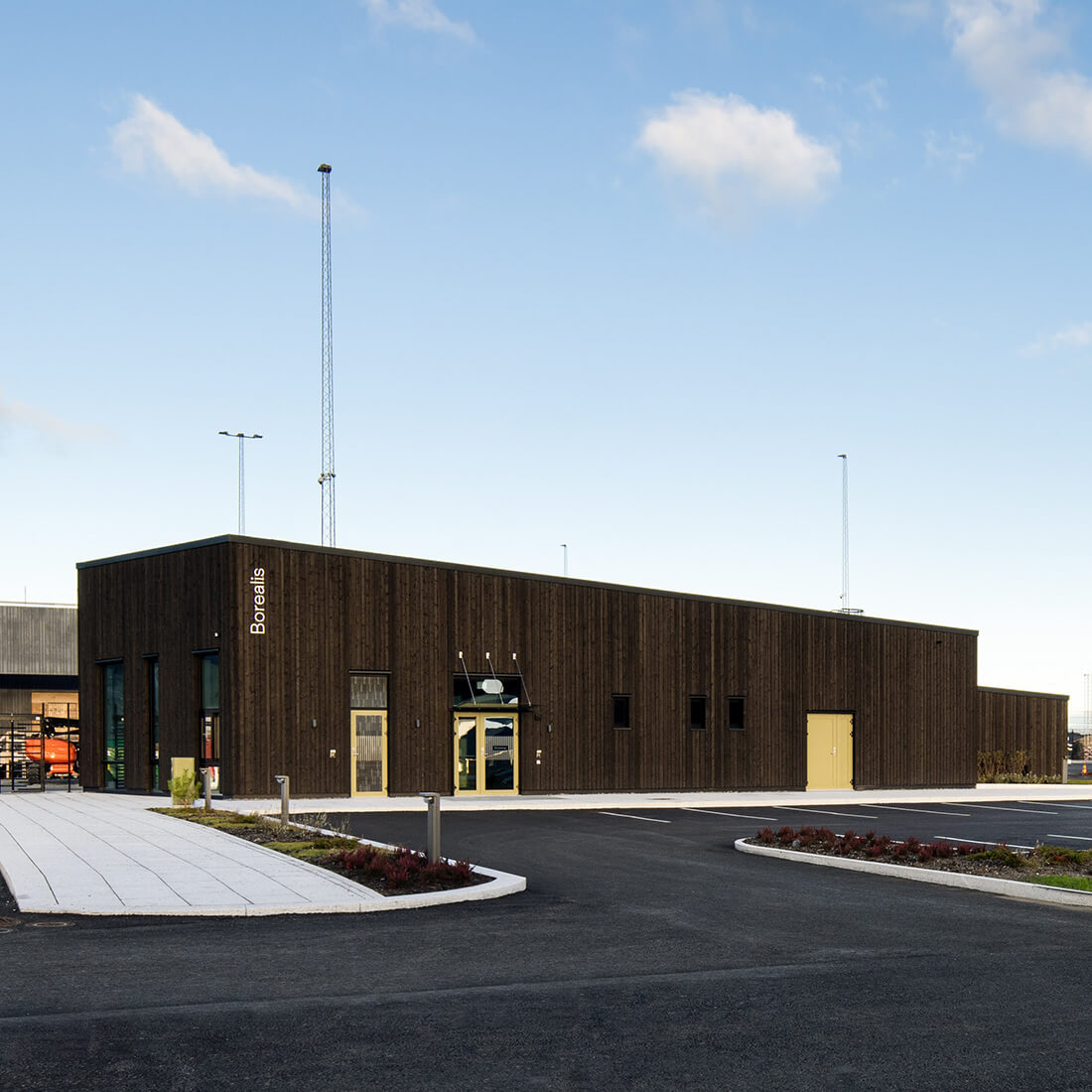
How the Shou Sugi Ban Process Works
The Yakisugi wood charring process is really a marvellous development. If you are wondering about how it is done – bear with us for a little while.
Everything begins with the selection of the right wood. In the past, Ancient and Medieval Japanese craftsmen used to work with Cypresses. They were abundant in lush forests all over the island, but are quite rare anywhere else. The technology can be adapted and has progressed over the years. Now, we are able to process and char the Larch, Pine, Spruce, Accoya wood and use it as marvelous cladding for a house.
The next phase is properly exposing wood to scorching flames. Regular fire is not hot enough. To turn regular timber into Shou Sugi Ban, you need to achieve a staggering – 1100 degrees Celsius. Since it is much hotter than the regular flame, you need well-trained personnel and adequate equipment as well as time to carry out burning with precision.
After the wood is burned, it becomes sterile and waterproof. Hence it turns to a perfect material for the exterior finish of the house. Flames eliminate organic compounds and shrink the many pores, present on the surface. Shrunk pores are not able to absorb water, thus making regular wood very well defended from decomposition, moisture-damage, rotting, and thanks to the dissolution of sugar, also – vermin.
Design Versatility of Charred Wood Cladding
Finally, there is the aesthetic side of things. Most people notice it before being familiar with the alterations in the physical characteristics of Shou Sugi Ban siding. Despite this, Yakisugi wood charring technique allows us to turn regular planks into miniature works of art. Every line, every circle, ring, groove, and the color is enhanced, enriched, and much more noticeable. Instead of being covered by cheap paint or infused with chemicals, Yakisugi allows the natural beauty of the wood to surface.
This is natural. This is real. This is what premium quality feels and looks like.
So, all in all, this technique for making Shou Sugi Ban or charred wood cladding is multi-purpose. Firstly, it makes wood water-resistant and quite resilient against environmental and climate challenges. This is a must-have feature for cladding pieces. Secondly – the charred wood cladding looks much brighter, more profound, and has a more premium feel when compared to regular wood.
Real Projects Featuring Shou Sugi Ban Siding
Shou Sugi Ban cladding stands out for its distinctive texture and timeless design. Whether used in minimalist homes or bold architectural builds, its charred surface creates contrast and character rarely found in conventional siding materials.
As the demand for natural finishes continues to grow, charred wood offers both aesthetic depth and functional resilience. The process enhances the grain, enriches color tones, and naturally protects the wood against weather, pests, and decay.
See how architects and builders have used Degmeda boards in real-world projects across the world in our Featured Projects hub.
Why Architects Choose Charred Wood Cladding
Charred wood cladding/siding does come with a wide array of benefits and other perks. Let us describe you the most notable and unique benefits of wooden exterior boards of Japanese style.
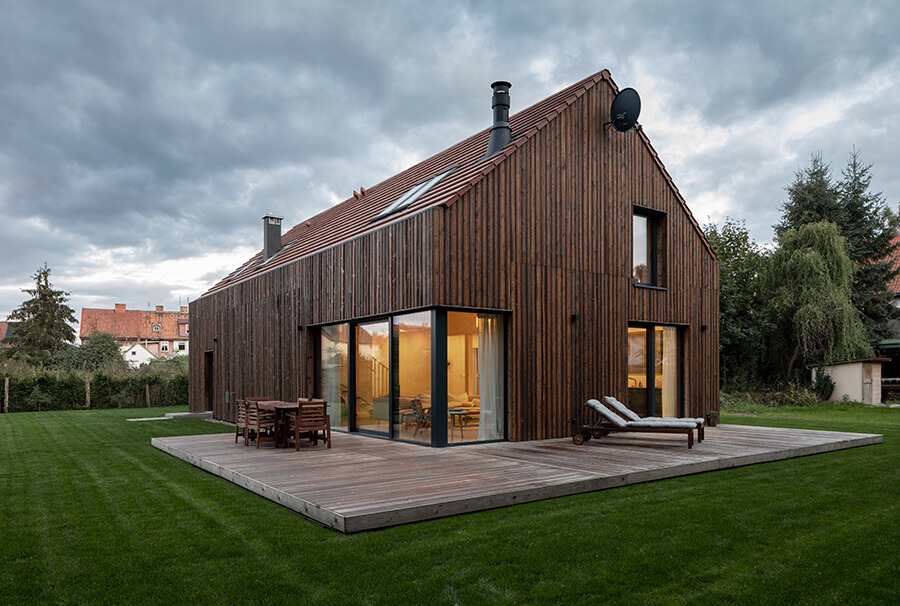
Long-Term Value of Shou Sugi Ban Siding
Burnt wood, especially Shou Sugi Ban has values that reach far past cost and price. It can be an emotional addition to the façade of the house. Even though it fits great in both contemporary or retro interiors, when we focus on cladding and siding, charred wood is a great choice.
Because the technical aspect of things is a definite homerun, we probably need not dive any deeper into that. Let’s instead focus on the value that charred timber siding adds besides being very practical.
To begin with, it’s timeless. If you would look at centuries-old homes in the Land of the Rising Sun, decorated with Shou Sugi Ban, you would definitely notice one thing in common. They do not look beat down or even dull, so to speak. Years later, they still stand out because the quality of the material shines through. Depreciation is not a concern with charred wood cladding because of its incredible technical characteristics. Whether it is 10, 20, or 100 years old, charred wood always attracts the eye and catches interest.
Best Wood Species for Shou Sugi Ban Cladding
Japan, an island nation with limited native resources, traditionally relied on cedar wood for Shou Sugi Ban. This wasn’t a compromise – cedar was (and still is) valued for its visual appeal, fragrance, and workability. For centuries, charred timber siding and façade boards were made almost exclusively from this material.
Today, the possibilities are far broader. At Degmeda, we offer Shou Sugi Ban cladding in not just cedar, but also spruce, pine, Accoya®, and the time-tested larch. Each species offers distinct grain character, tone, and structural properties.
While there’s no definitive “best” wood for charring, our processing techniques enhance durability across all types. The choice ultimately depends on your desired finish and architectural goals. For a breakdown of characteristics and comparisons, see our guide to the best wood types for Shou Sugi Ban.
Maintenance of Charred Wood Cladding
In order to ensure the natural preservation properties of the charred wood and preserve the initial result for as long as possible, it is essential to periodically treat the wooden facade with specific oils. This way the long life (up to 100 years) of your charred wood cladding will be ensured.
We sell high-quality oils that you can use for Yakisugi Charred wood cladding. Make sure to apply them regularly and you can enjoy a prime-quality product which looks great for a very long time.
Where to Source Charred Wood Boards
If you are looking to purchase Shou Sugi Ban siding for your home, you have come to the right place. When it comes to high-quality goods, you should look for a reputable supplier that can ensure more than just delivery of your burnt wood siding/cladding boards.
Degmeda can offer an experience which manifests in the form of know-how and technology mastery. In addition, you can find a lot of different wood types ranging from Larch to Pine, colours, extending from bright tones to darkest shades, and many unique wood profiles and other configurable options that can allow us to produce top-notch Japanese Yakisugi exterior and interior boards for all clients all over the world.
Finally, buyers can look at our social media profiles and the gallery on our website to see the projects we have helped finish during our working experience.
What Affects the Price of Charred Wood Siding?
The cost of Shou Sugi Ban siding depends on several key factors. These include:
-
Wood species (Larch, Spruce, Accoya®)
-
Surface finish (Deep Char, Silver Grey, Natural, etc.)
-
Board dimensions and profile
- Special treatments (like fire resistance rating B-s1, d0)
-
Quantity and delivery destination
We provide flexible pricing tailored to your specific project needs. To receive an accurate estimate, request a detailed quote including your preferred finish, wood type, and quantities. Our team will help you find the right balance between performance, appearance, and cost.
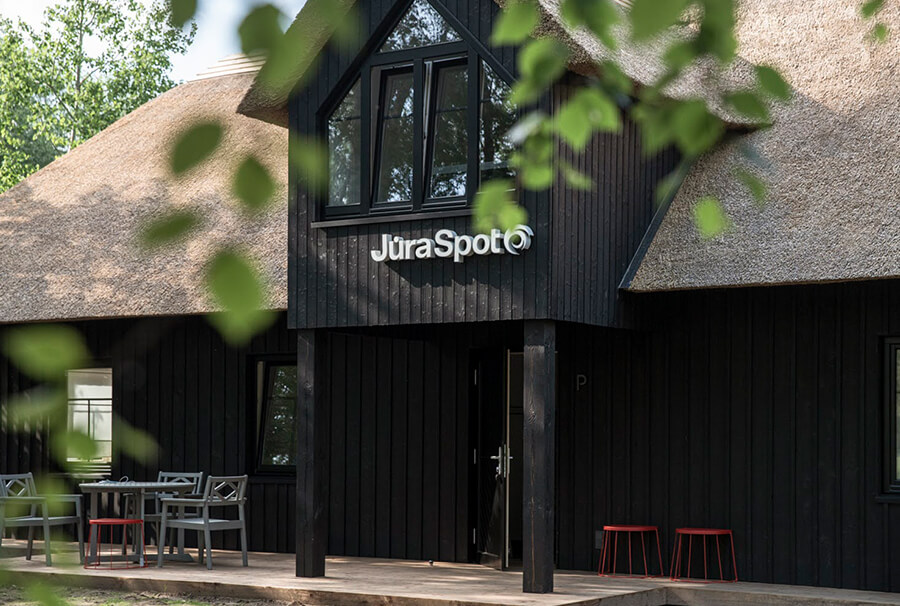
Global Appeal of Shou Sugi Ban Design
The whole philosophy of Japanese artisans was to find the perfect solution which is durable yet beautiful. Dependable yet captivating. Through many years of refinement, they have created Yakisugi.
This is not an everyday product that can be found right around the corner. It is the crème de la crème. Top of the range. Upper echelon. We can boldly guarantee that any house, condo, project or establishment will stand out from the pack as long as it has Shou Sugi Ban siding, or any exterior as well as an interior accent with charred wood for that matter.
Every homeowner or project developer can be proud of the solution they made. Why? Because you cannot go wrong with something that has been around for millennia…
Beyond Siding: Other Uses for Charred Wood
Even though we emphasized the best qualities of charred wood cladding on paper, we feel like we have to back those claims up. By nailing down the traditional Japanese wood-burning technique called Yakisugi, we have been supplying charred wood sidings, deckings, claddings, fencings, and floorings to clients all over the world.
Our clients’ have very different ideas and visions. Some of them were serene, contemporary, very minimalistic. Others, however, were bold, completely out of the box even. Luckily, we’ve been fortunate enough to help all of our clients turn their dreams and visions into reality.
Since Shou Sugi Ban makes the wood much more resistant to dynamic climates, they can be fitted all over the world, seems like. Whether it be the mild, rainy UK, Scandinavian winter wonderland, or anywhere else in the world – burnt wood cladding and siding will fit in. It will stand out as a beautiful, top-shelf material, but remaining durable and fully intact for years to come.
Installing Shou Sugi Ban Siding Panels
We can find appropriate solutions to help with the installation of Burnt Wood Cladding boards. If you do it alone, we highly recommend that you only hire contractors with proper work experience because Burnt Wood should be handled delicately and fitted correctly to ensure the highest quality and the most longevity.
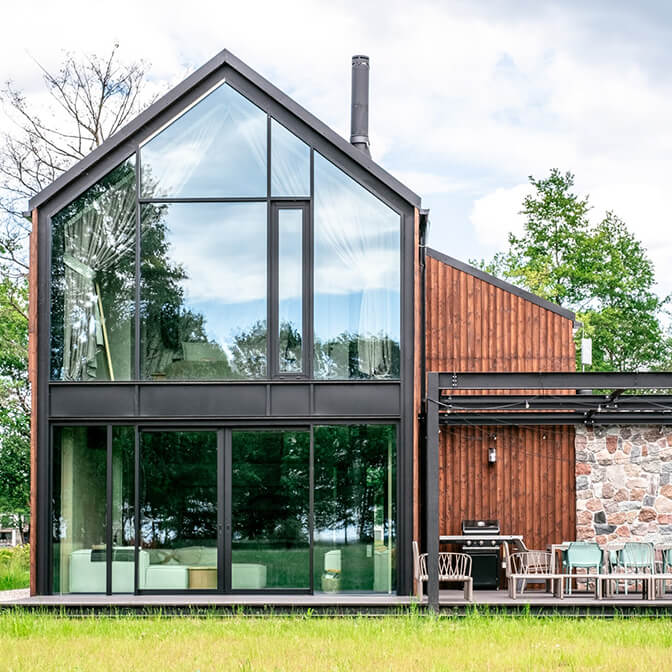
Natural Beauty with Meaning
In today’s fast-paced world, it’s easy to overlook the simple beauty of natural materials. True comfort isn’t just about how something looks – it’s about how it feels to live with. That’s where Shou Sugi Ban comes in.
Charred wood siding offers more than surface appeal. Its texture, depth, and tone carry a quiet elegance that speaks to both tradition and modern design. It brings balance – aesthetic character on the outside, a sense of calm on the inside.
This isn’t just about style. It’s about quality that endures, materials that breathe, and finishes that feel grounded in nature. Shou Sugi Ban isn’t mass-produced beauty – it’s crafted meaning.
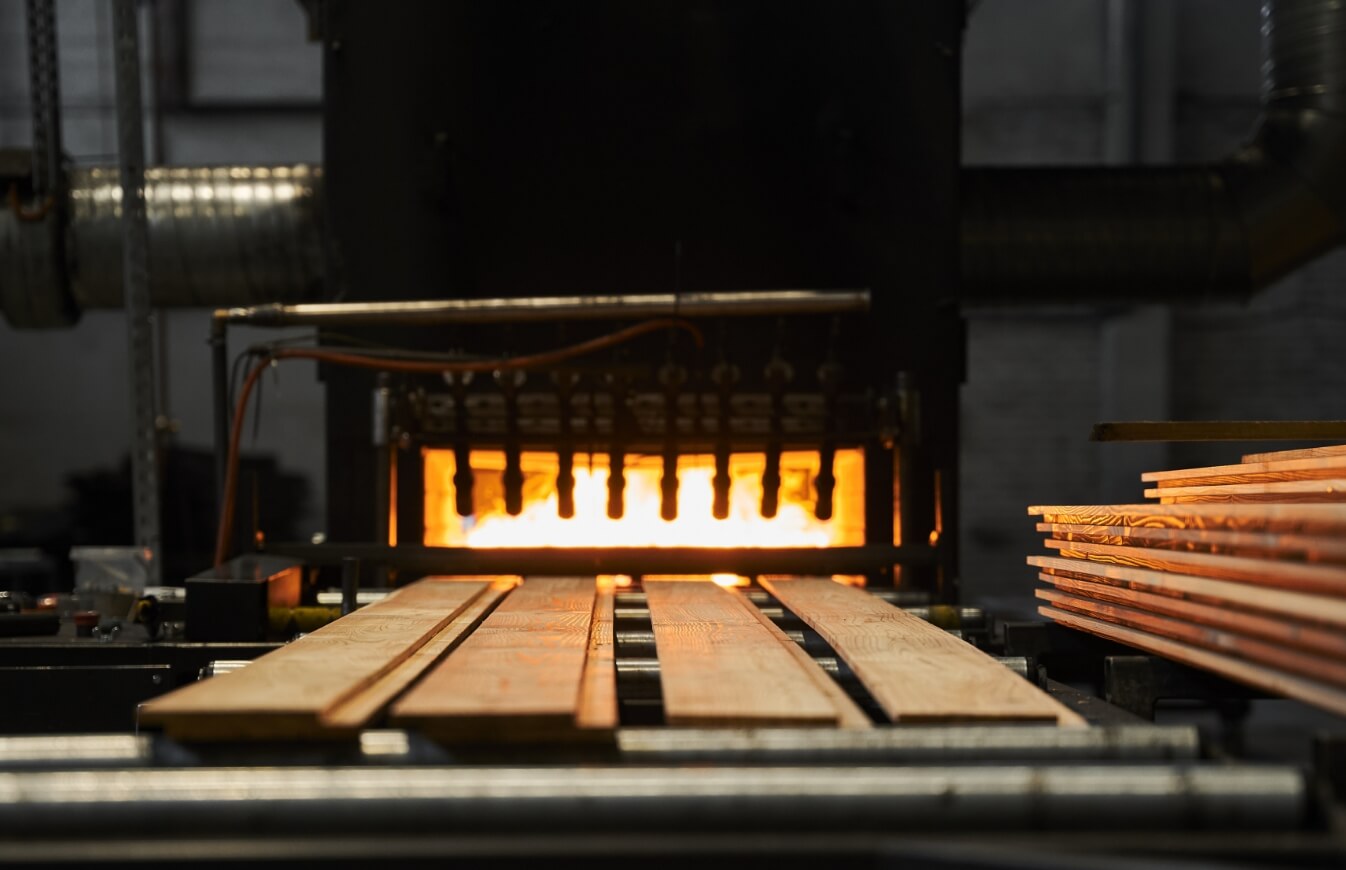
Top of the Range Charred Timber Goods, Only at Degmeda
You might wonder what about wood charring, and Shou Sugi Ban, in particular, is worth your while. Well, the devil is in detail, and in this case, we see no exception. The technique of Japanese timber charring improves every physical and aesthetic trait/characteristic of said timber. From the texture all the way to shadows and smoother tone transitions, Yakisugi is meant to make wood an even better construction material than it already is. Thanks to this technique, you can achieve standards and reach goals that regular carpentry simply is not capable of.
Learning and optimising the very-best savoir-faire of Japanese experts has allowed Degmeda to refine products and offer only the very best in charred timber.
The Yakisugi wood burning process is a multi-step journey from an unpolished, unrefined, regular piece of wood into something special. Something timeless which people can genuinely appreciate.
If you have any more questions
If you happen to have any questions, suggestions, comments, or if something seems wrong – write us an email! Your comments and thoughts are always genuinely appreciated, especially if it is on how we can make our service and your experience better.
Furthermore, if you are interested in purchasing charred wood siding or have any questions related to this product – get in touch via email by dropping a line to info@degmeda.eu or by filling out the quote from our shop!

